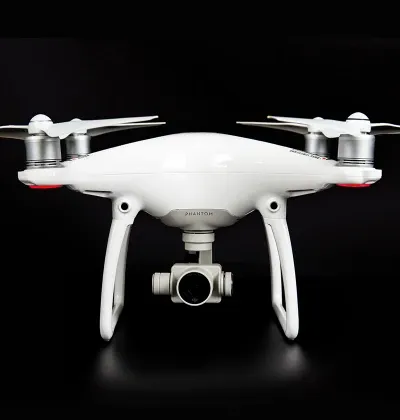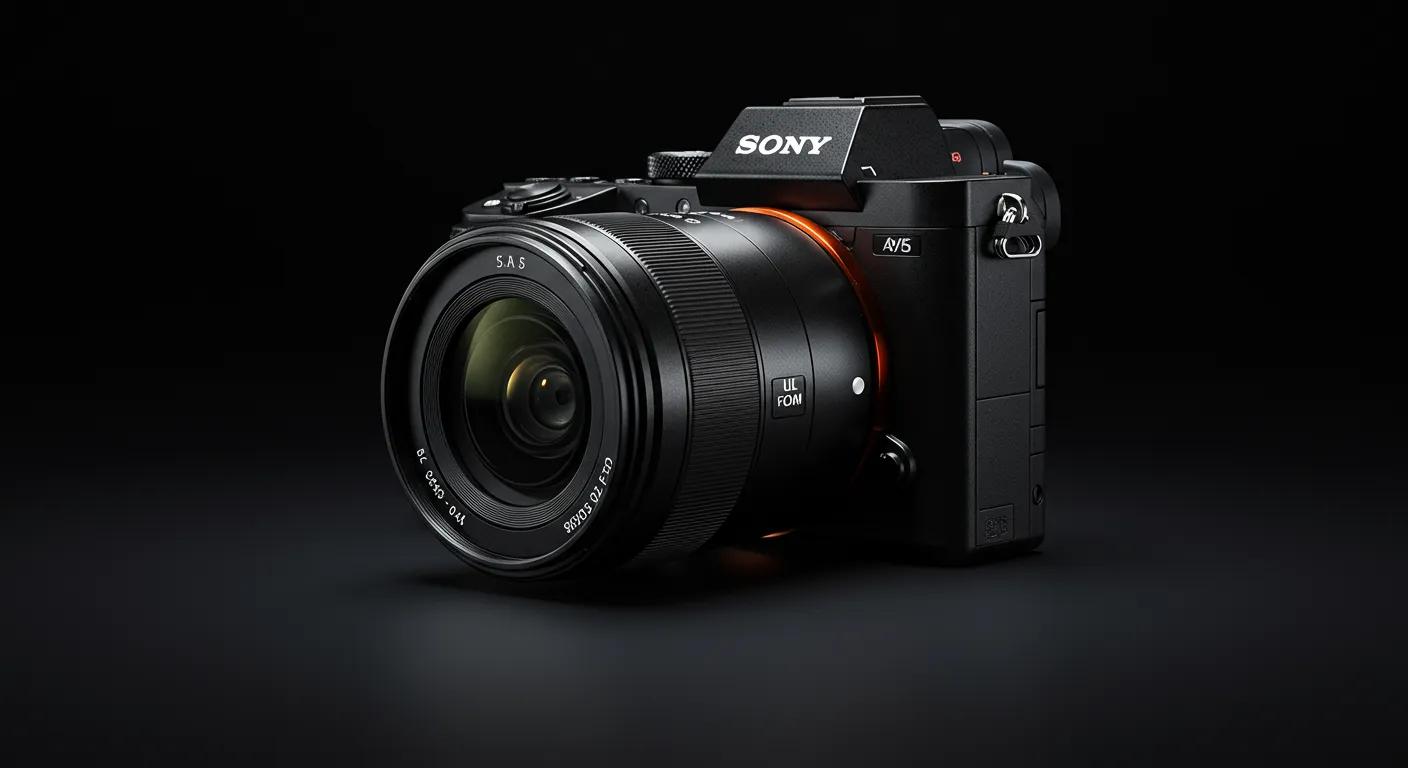- Room 1807, Unit 9, Building 2, Shangxing Commercial Street, Shangde Road, Shangxing Community, Xinqiao Subdistrict, Bao'an District, Shenzhen City, China




Aerospace & UAV
WJ Prototypes is your 3D manufacturing partner from prototype to large scale production.
Consumer Electronics
New Product Introduction Solutions for Consumer Electronics.

Robotics & Automation
Need some assistance bringing your robotic device or parts from the sketch-board to reality?
Medical Devices
The medical industry needs high quality, dependable and safe parts and products.
Automotive
New Product Introduction Solutions for Automotive
Industrial Machinery
The main purpose of industrial prototyping is to take the product from drawings into the real world.

Rapid prototyping refers to methods that quickly fabricate scale models of physical parts using three-dimensional CAD data. It is the process of rapidly constructing a physical model to test and validate its form, fit, and function before full-scale production. Digital models are built layer by layer, serving as a proof of concept for techniques such as digital light processing, stereolithography, or binder jetting.
Its core benefit is significantly shortening development cycles. Designers get immediate feedback by evaluating mockups and scale models, allowing for iterative changes using real-time data. This minimizes risks in mass production, particularly with complex geometries that need high precision. Industries such as automotive, aerospace, and medical devices rely on rapid prototyping to streamline new product development and drive innovation through simultaneous functional and usability testing.
In today's product development ecosystem, selecting the right rapid prototyping process is crucial to validate designs and reduce time to market. When transforming an idea into a tangible model that confirms fit, form, and function, you must consider multiple manufacturing technologies and choose the process that best suits your project's needs. This article provides a detailed comparison of rapid prototyping methods, exploring their advantages, cost reduction tactics, and offering a structured analysis of various processes. You will gain clarity on technical aspects such as numerical control, laser sintering, digital light processing, and more, linking design specifications with practical low-volume production.
The discussion begins with an instructional comparison of different manufacturing technologies and shifts to a foundational explanation of rapid prototyping. You will learn about the unique benefits of rapid prototyping—such as accelerated iteration cycles and improved usability testing—while evaluating cost reduction methods and comparing processes like 3D printing, CNC machining, injection molding, and sheet metal fabrication. The article includes specific examples and practical case studies that address common challenges in high-fidelity prototyping for industries such as aerospace, automotive, and medical devices. It further outlines considerations for transitioning from prototyping to scalable mass production.
Finally, the article answers frequently asked questions and offers a concise final thoughts section. With each section structured for clarity and technical rigor, this resource will guide your rapid prototyping journey.
When comparing manufacturing technologies, you evaluate distinct features, cost structures, and production capabilities. Rapid prototyping includes additive methods (such as stereolithography [SLA], fused filament fabrication [FFF], and digital light processing [DLP]) and subtractive methods like CNC machining. Additive techniques allow for complex geometries with minimal waste, while CNC machining is favored for its tight tolerances on metals and polymers.
Key variables include build time, surface finish, mechanical properties, and scalability. Consider also the impact on sustainability through optimized material usage and waste reduction. Numerical control (NC) technologies and digital workflows help integrate CAD designs with physical prototypes, reducing post-processing work and accelerating feedback—especially useful when creating a minimum viable product (MVP).

You can submit your designs to us through our contact us page
OR Email to info@wjprototypes.com
Rapid prototyping offers several advantages that make it essential in the product development cycle. It reduces time-to-market by enabling rapid iteration from digital models to physical prototypes. Advantages include accelerated design validation, direct user feedback integration, lower development costs, and reduced risk of design flaws.
In practice, this method minimizes long lead times and decreases costly production errors. Technologies such as 3D printing and CNC machining allow companies to produce highly accurate models in days, which can then be evaluated for both functionality and aesthetics. Furthermore, rapid prototyping fosters closer collaboration between design teams and end users by providing a tangible reference that bridges the gap between conceptual designs and real-world applications. Its flexibility also allows for easy incorporation of design modifications—even in later stages—making it indispensable for achieving high-fidelity outcomes in today’s competitive landscape.

Reducing rapid prototyping costs involves balancing process selection, material usage, and design optimization. You can cut costs by optimizing design files, selecting cost-effective materials, automating post-processing, and using digital light processing technologies to minimize waste.
One method is to simplify designs to eliminate unnecessary complexities, reducing machine active time and energy consumption. Buying materials like nylon, resin, or foam in bulk can lower the unit cost per prototype. Advanced software integration streamlines translating design details into machine-readable formats, reducing trial-and-error and associated delays.
Investing in multi-functional machinery capable of handling several prototyping processes—such as laminated object manufacturing (LOM) or fused filament fabrication (FFF)—provides cost benefits while maintaining adequate fidelity for initial concept models. Such strategies streamline production and ensure quality while balancing budget constraints with the need for precise, rapid output.
Assessing rapid prototyping processes requires comparing technical criteria like speed, resolution, material compatibility, and cost-effectiveness. Additive manufacturing methods, including stereolithography (SLA) and fused deposition modeling (FDM), excel at producing detailed and intricate models. In contrast, CNC machining offers high precision and robust material properties for parts that need enhanced strength.
Injection molding, though traditionally used in mass production, is being adapted for prototyping—especially for short-run production. Meanwhile, sheet metal fabrication remains critical for testing designs that involve metallic components or specific structural forms, such as in automotive prototypes.
Each method fulfills a distinct role. For example, if your design features complex curves and fine textures, 3D printing or selective laser melting (SLM) might be ideal. Alternatively, when durability under stress is paramount, CNC machining or injection molding may offer the needed balance of performance.

Evaluating the pros and cons of different methods helps tailor your rapid prototyping strategy to your project’s requirements.
Choosing the optimal rapid prototyping process involves weighing production speed, material compatibility, cost, and the intended end-use of your prototype. Begin by identifying the essential attributes—whether your design requires high detail, superior mechanical properties, or an accurate representation of final aesthetics. Evaluate design complexity relative to process capabilities; for example, intricate internal structures may favor 3D printing over sheet metal fabrication. Consider the engineering tolerances needed, as CNC machining can offer superior accuracy for functional parts compared to the sometimes rougher texture of 3D printed models.
Cost is a critical determinant. For early concept testing, a cost-effective 3D printing method or low-cost injection molding may suffice, while later stages might require the precision of CNC machining to simulate mass production quality. Integrate these factors with production volume forecasts and potential design iterations to select a process that balances innovation, cost, and quality.

Rapid prototyping is not only about creating physical models; it also serves various testing and verification stages during product development. It is applied in concept modeling, assembly/fit testing, functional testing, life testing, and regulatory testing—each serving a distinct role in design validation.
Transitioning from rapid prototyping to full-scale production—especially when using injection molding—requires aligning prototype specifications with production workflows while addressing tooling, material selection, and process optimization challenges. First, ensure that the prototype’s material properties and tolerances match production requirements. Injection molding can deliver high-volume output with consistent quality, but the initial mold fabrication is a significant investment. Evaluate mold longevity, maintenance costs, and required modifications for enhanced product functionality. Collaborate closely with design engineers and manufacturing teams to optimize features such as wall thickness, draft angles, and undercuts.
Scaling up often involves additional testing to guarantee that rapid prototyping results are reproducible in mass production. Cost analysis becomes critical; streamlining the supply chain and negotiating with suppliers can lead to better economies of scale. Sensitivity analyses help determine the break-even point, ensuring that design adjustments align with business objectives. Finally, revisit regulatory compliance as production scales to address any new safety or quality assurance standards.

Rapid prototyping plays a critical role in selecting a manufacturing technology that balances speed, precision, and cost. It accelerates design iteration and enhances product validation through testing phases such as concept modeling, assembly, functional, life, and regulatory testing. Each method offers distinct advantages and limitations in terms of design freedom, material properties, and scalability. When transitioning to production—especially via injection molding—careful attention to material consistency, tooling costs, and process integration is essential. Understanding these factors helps create a smooth pathway from rapid prototyping to full-scale production while maintaining innovation and quality.
Q: What distinguishes rapid prototyping from traditional manufacturing methods?
A: Rapid prototyping uses digital models to quickly produce physical prototypes through methods like 3D printing and CNC machining. It allows for iterative design modifications, reduces material waste, and accelerates time to market—ideal for early-stage product validation.
Q: How does material selection impact rapid prototyping outcomes?
A: Material selection is key because it determines strength, durability, and surface finish. Polymers may be used for concept models, while metals processed by CNC machining offer precise mechanical properties. The right choice affects both cost and prototype fidelity.
Q: Can rapid prototyping techniques be scaled for mass production?
A: Yes, although transitioning to mass production often requires adjustments. For example, injection molding may be adapted from a prototype stage for high-volume production, but this comes with significant initial mold investments and process refinements.
Q: What are the primary cost drivers in rapid prototyping?
A: Major cost drivers include machine operating time, material usage, design complexity, and post-processing needs. Optimizing design files and selecting cost-effective materials can help reduce these expenses.
Q: How do you decide which rapid prototyping process is best for a specific application?
A: The decision depends on design complexity, required precision, material properties, production volume, and cost considerations. For intricate geometries, 3D printing might be ideal, while CNC machining is preferred for high-precision functional tests and regulatory prototypes.
Q: What challenges might I face when transitioning from prototype to production?
A: Challenges include revalidating design tolerances, aligning material properties with production standards, managing tooling costs, and ensuring that the optimized prototyping process remains efficient and cost-effective in mass production. Rigorous testing and collaboration between design and manufacturing teams can help overcome these hurdles.
Q: Are there sustainable practices in rapid prototyping?
A: Yes, sustainable practices include minimizing material waste through additive manufacturing, reusing materials when possible, and optimizing designs to reduce energy consumption—all of which lower costs and contribute to a responsible manufacturing workflow.
Rapid prototyping serves as a transformative bridge between digital design and physical production. It enables swift iteration and validation of concepts before committing significant resources to full-scale manufacturing. Whether using 3D printing, CNC machining, injection molding, or sheet metal fabrication, each process offers unique benefits and challenges. By carefully comparing these options and planning strategic transitions—such as through injection molding—companies can achieve efficiency, cost savings, and consistently high-quality outcomes in product development.
You can submit your designs to us through our contact us page
OR Email to info@wjprototypes.com